The construction of a new timber culture in Chile
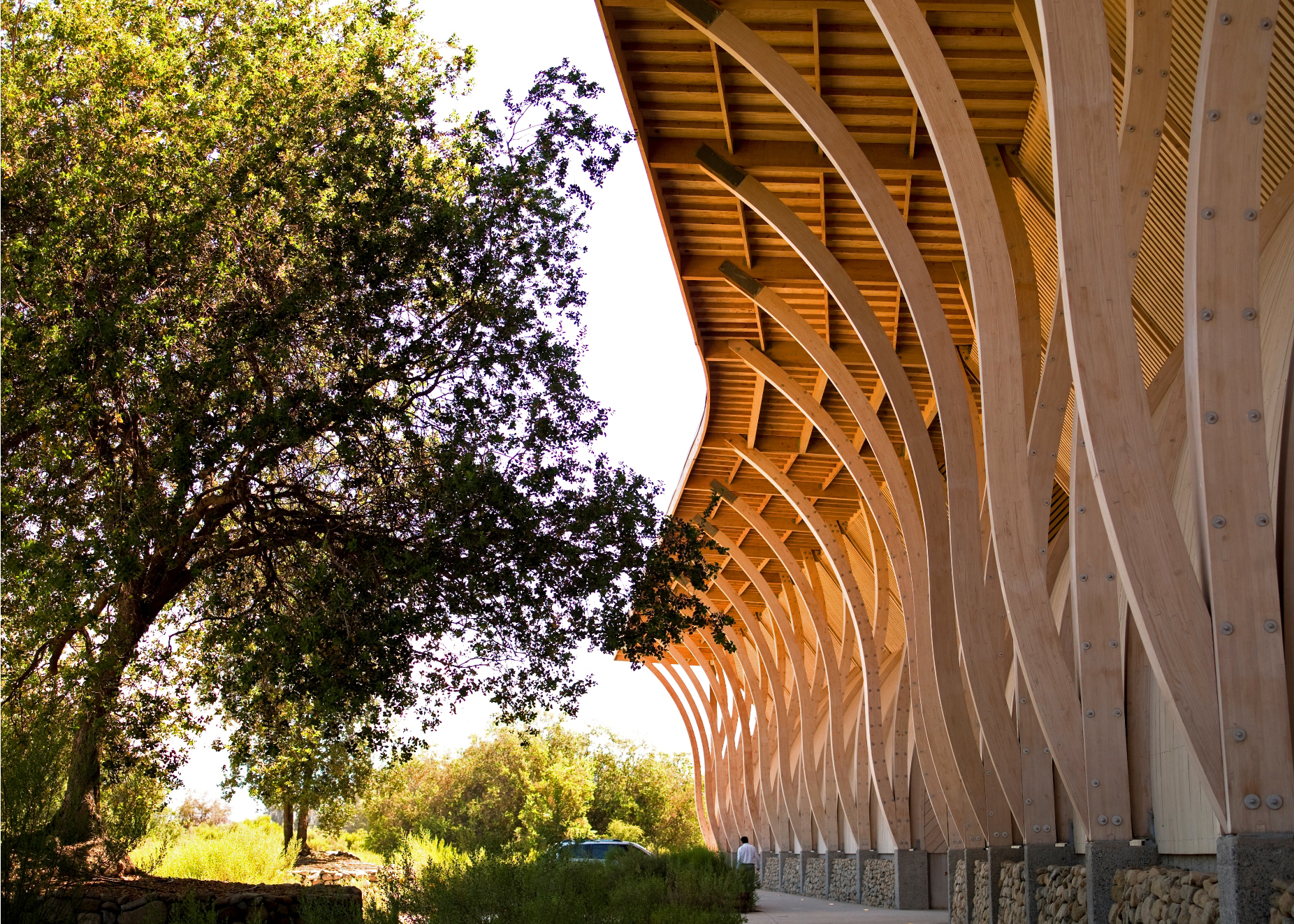
Chile has a long history of using timber in buildings. A good example of this is Chiloé, an island in the south of Chile, where there are stilt houses and 18th century churches built entirely from wood, as recognized by UNESCO in the year 2000.
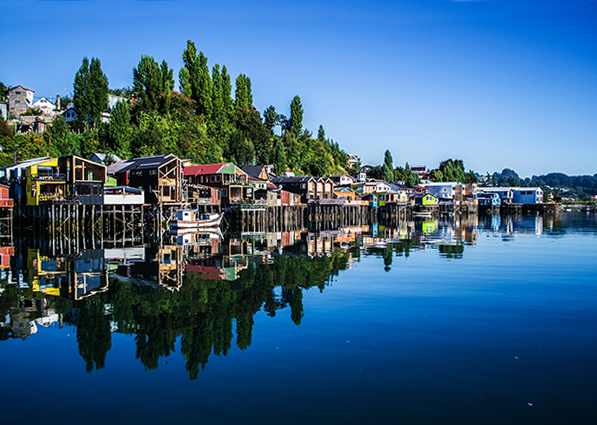
“Palafitos”, as stilt-houses are called in Spanish, in Chiloé island. Copyright: Edmundo Orellana.
As regards contemporary architecture, the first large-scale wooden projects were the wine cellars of the Santiago’s surroundings (where MasSantiago usually makes customized architectural tours).
All this construction tradition has received recognition, starting with the Chilean Pavilion for the Expo Sevilla in 1992, designed by José Cruz, and continued with the Cristián Undurraga´s Pavilion, prize-winner at Expo Milan 2015.
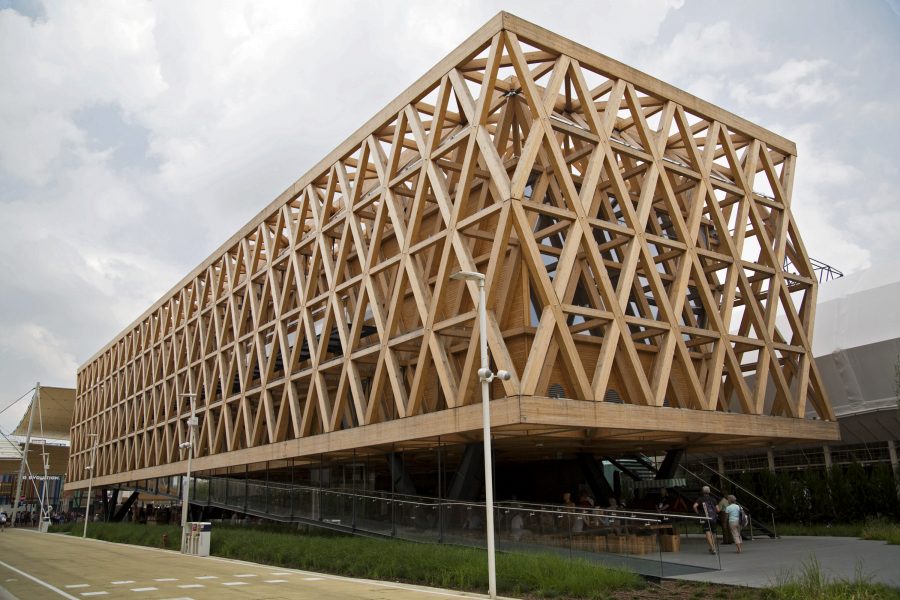
Chilean Pavillion at Expo Milan 2015, by Cristián Undurraga. Copyright: Arauco.
A political discussion
Currently, large projects involving wood are emerging from the private sector and are now becoming part of political discussions, with proposed solutions on an urban scale.
Works like Villa Verde, designed by the Elemental studio, headed by Alejandro Aravena, have successfully provided a wooden housing solution for families affected by the earthquake and tsunami of 2010. The project materialized through the collaboration between architects, the public and the private sectors, as well as the future residents.
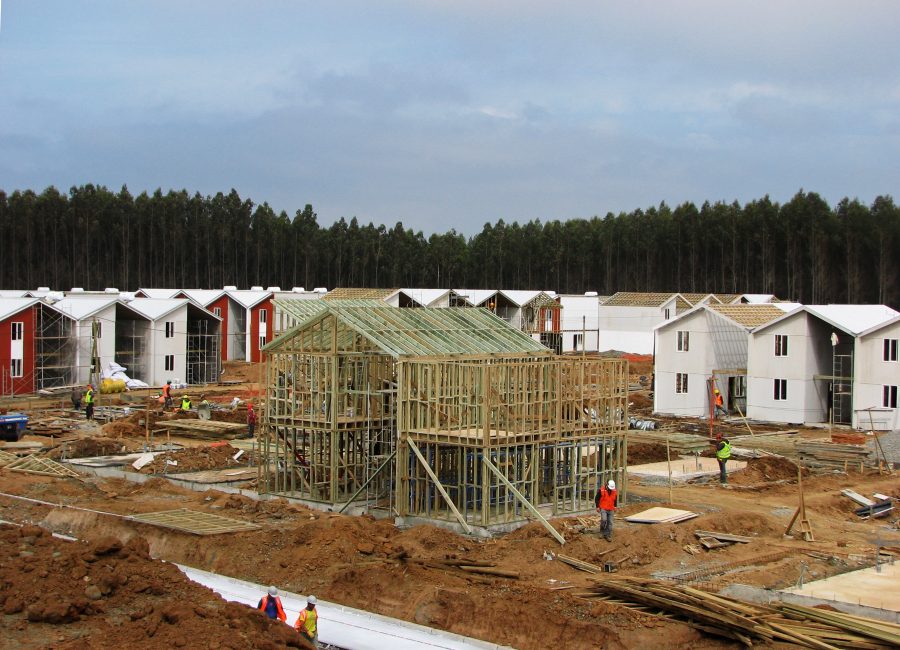
Villa Verde, by the Elemental studio. Copyright: Arauco.
This example had a big impact in terms of the perception of the features and benefits of timber construction in Chile, which is especially relevant in an urban society that is still accustomed to buildings in reinforced concrete.
Nevertheless, the use of timber is now being better understood. No longer limited to the dreams of those with second homes to design, it is now seen as a renewable resource that absorbs carbon, is anti-seismic, and is highly abundant in a country that is amongst the 10 major producers worldwide.
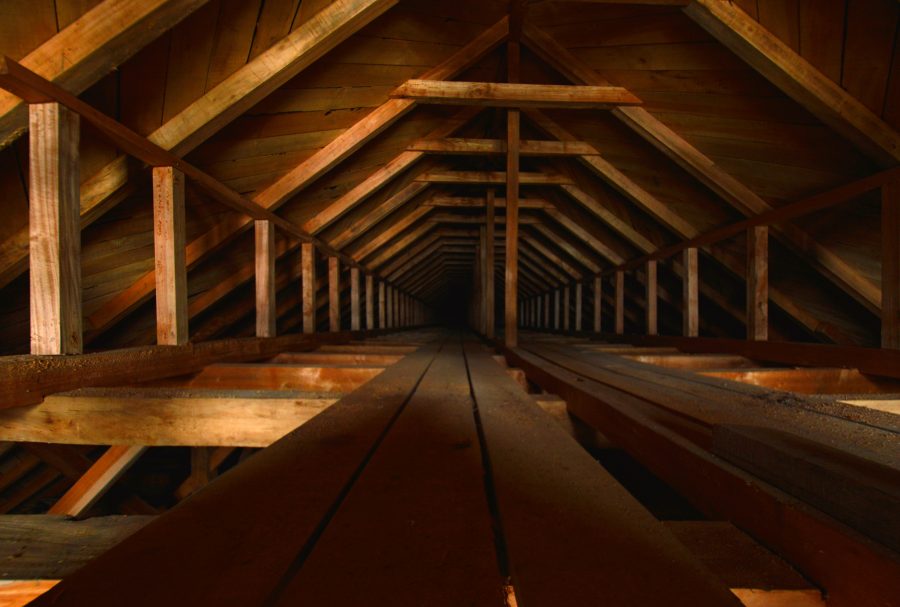
The vault in Tenaún’s church, in Chiloé island. Copyright: Diego Baloian.
Innovation underway
In that environment of support from businesses, schools, and organizations encouraging the expansion of the timber industry on a large scale, the Madera 21 association has organized international seminars, fairs, and student competitions, with the aim of promoting the use of wood.
All these actions gave rise to a project currently being constructed for Villa Chañaral, located in the middle of the Atacama Desert.
This is the first fully sustainable housing complex in Chile, and the first part of an ambitious project powered by the Ministry of Housing and Urban Development and the UC-CORMA – Centre for Innovation of Wood at Universidad Católica.
The Postgraduate department of this center runs a Master’s program where sophisticated systems of measurement and analysis are used to test models for new construction techniques and industrial prototypes, seeking to diminish costs of wooden construction and to finally being able to compete with the concrete market.
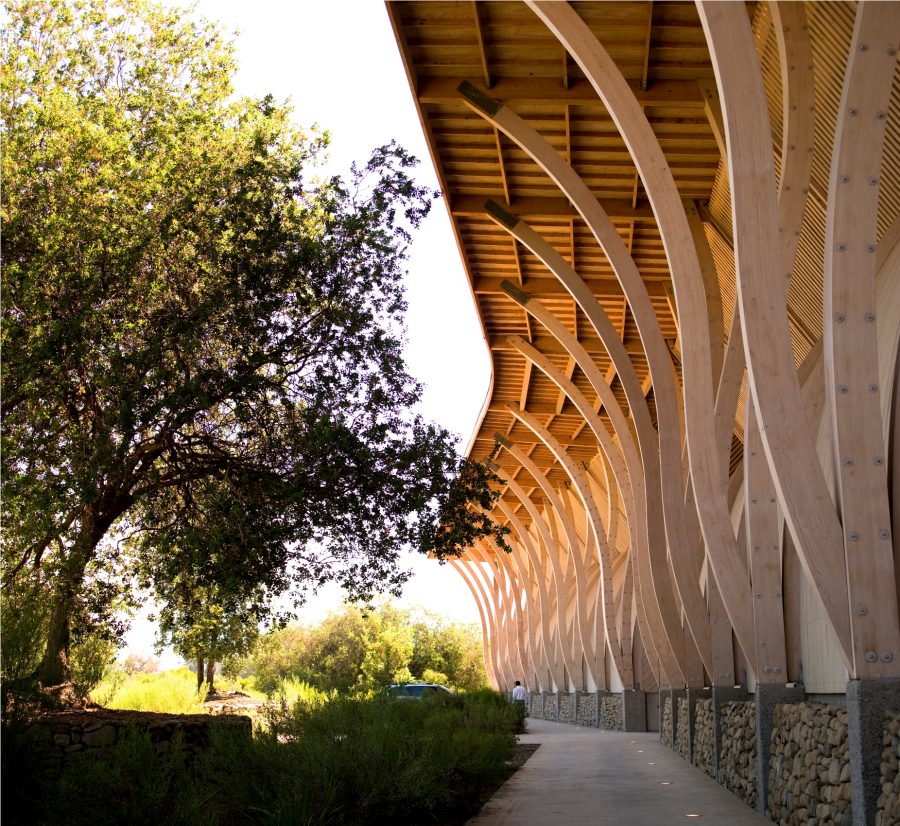
Perez Cruz Vineyard, by José Cruz. Copyright: Viña Pérez Cruz.
If this trend in Chile continues to advance, entering the field of experimentation, it is likely that, in the medium and long term, new proposals will allow us to rethink how we want to do architecture in the future.
Text by: MasSantiago – Guiding Architects’ member in Santiago de Chile
http://whc.unesco.org/en/list/971
www.archdaily.com/447381/villa-verde-housing-elemental






No Comments